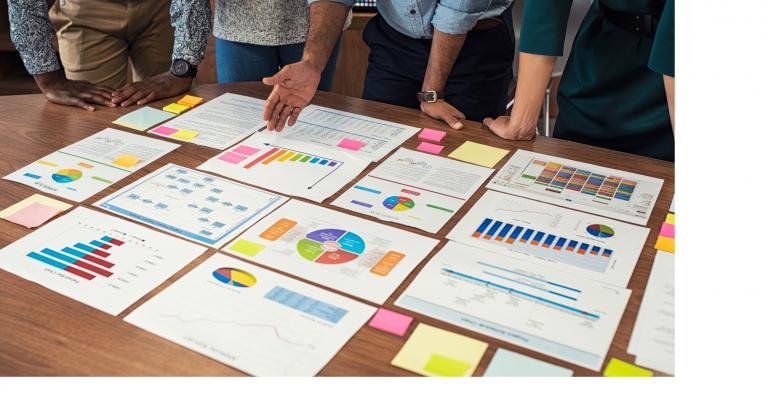A recent webinar on event marketing began with a slide featuring this quote: “A lead generated by an event is completely different to a lead generated by any other source. They are more committed, they’ve invested more time and energy in establishing a face-to-face relationship with you and sharing their wants and needs. I’ve never been able to find another marketing channel with the same consistency of qualified lead generation.” —Phil Clemont, former CMO at Aon.
Alyssa Peltier, event marketing manager, and Myllisa Patterson, senior director of event cloud marketing campaigns, both of Cvent, hosted the webinar, bringing their expertise from more than 1,000 Cvent events a year. They began the session by outlining the challenge for meeting planners. Patterson said, “We’ve spent twenty years thinking about how to track buying and intent behaviors and getting leads in the system from digital channels, but we still think of events as this offline environment and so the picture is fuzzy.”
Still, live events bring well-known benefits to businesses and organizations. According to the Harvard Business Review, customers are 34 times more likely to say “yes” in a face-to-face meeting than online or by phone. But in order to exploit this characteristic, it is critical to invite the right attendees, understand their needs, and follow-up with the right messaging after the event.
There are two issues that need to be addressed regarding data capture. First, how to track and capture data from both the events the organization hosts and the events it attends. Patterson says if you are only capturing data from the events you host, you are only getting half the picture. If your organization has a presence at an outside event, such as a trade show booth or an educational session, you’ll want to know who your visitors or attendees are. Second is that information should not be kept in silos in your organization; event professionals should share it with departments beyond sales and operations. Event attendees have expressed a clear interest in your products or services, making it a more valuable touchpoint than any other type of outreach.
Here are the three key elements to keep in mind for your event marketing plan.
The Right Data
Determine the right data to capture for each type of event and at each stage of event execution. According to Peltier and Patterson, Cvent events are categorized into three tiers, with tier 1 being the largest and most complex, such as their own Cvent CONNECT or external events such as IMEX or GBTA. Tier 3, on the other hand, would be something like a product seminar with existing customers. The goals for each type of event are very different, for example, introducing the company or products to potential customers versus supporting existing clients and gathering feedback.
Consistent Data Capture
Automating data capture across all your events and each touchpoint to build a profile of buyer interest will make data collection easier. Once you have determined what category each of your events falls into, standardize your marketing efforts for each one and look at the big picture. If your organization hosts a large number of tier 2 or tier 3 events you may find that they generate more sales, membership requests, or fundraising than larger events and an investment in data tracking tools will bring a bigger return on investment than in tier one. If your organization cannot get access to registration data on events that it participates in but doesn’t host, consider sponsoring a networking event or providing education in exchange for the data you want.
Fast and Intelligent Activation
Patterson says, “None of this data does any good until it is in the hands of your sales team. Leads die after a certain time.” However, activating the data can sometimes be the toughest part. While digital sales leads tend to come in a steady stream, events create a spike of leads, what Patterson calls “feast or famine.” “Depending on the size of your event, you could have 3,000 or 4,000 leads coming in all at once. How do you activate this data?” she says.
One way is to segment the leads. You can do this by topic; for example, filter for attendees who showed interest in a topic that aligns with a new product or sales push. You can also do this by persona, segmenting the leads into decision-makers or by title. And you can do this by filtering leads by industry type.
Once your attendee data has been filtered for sales, membership, or other leads, there will be some attendees who should be nurtured but are not ready for sales messaging yet. Analytics on these attendees are still important—are these attendees looking for educational sessions on solving a business problem your company is currently not considering, but perhaps should research solutions for the future? Are attendees outside your field attracted to your event or trade show booth, and if so, what does this say about the focus of your marketing efforts? Even data on non-sales leads can be useful from an operational perspective.
Click here to register for the full webinar on demand and to earn 1.0 clock hour toward CMP certification or recertification.





